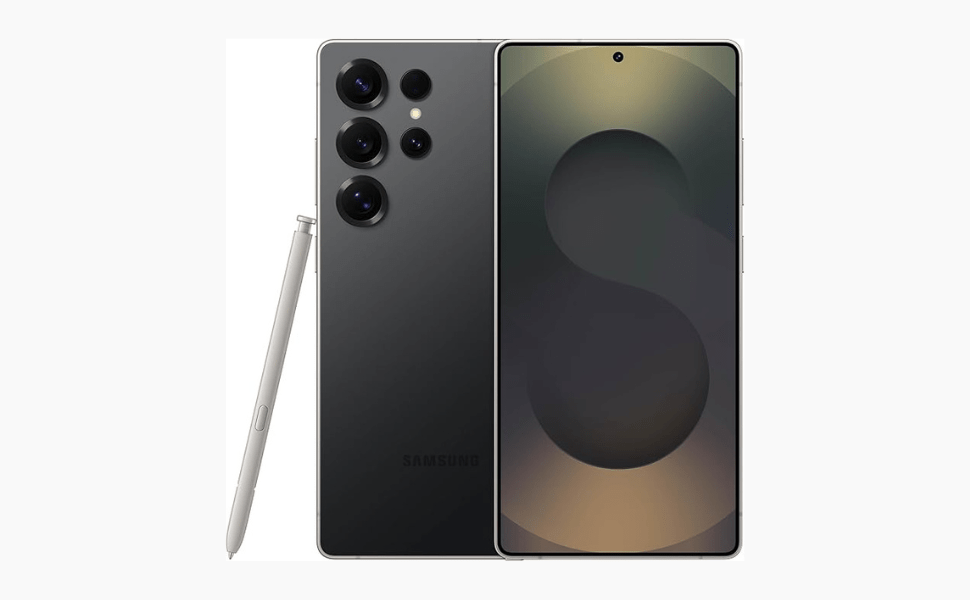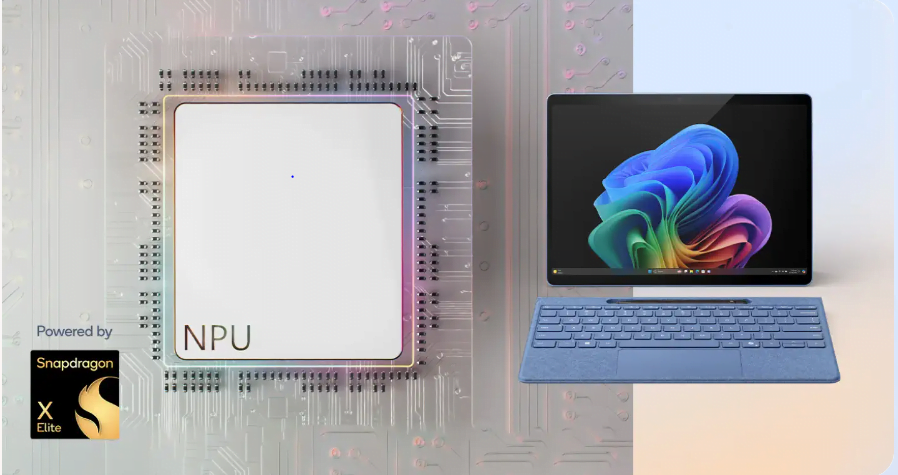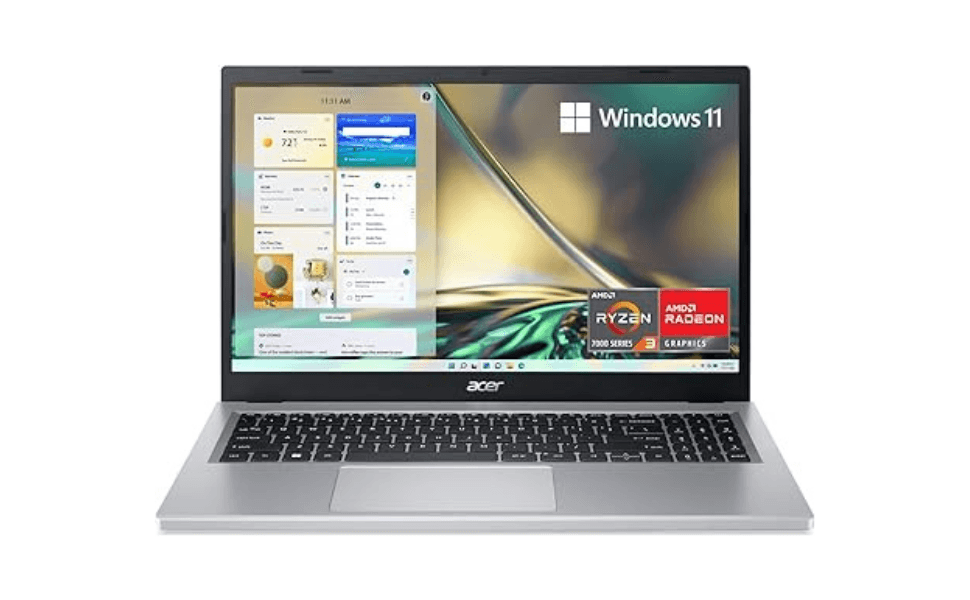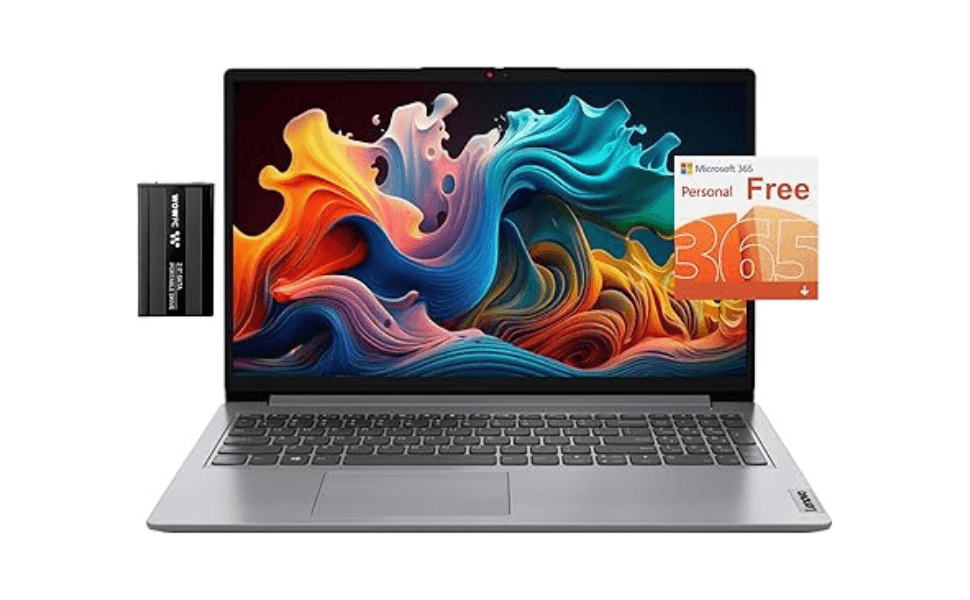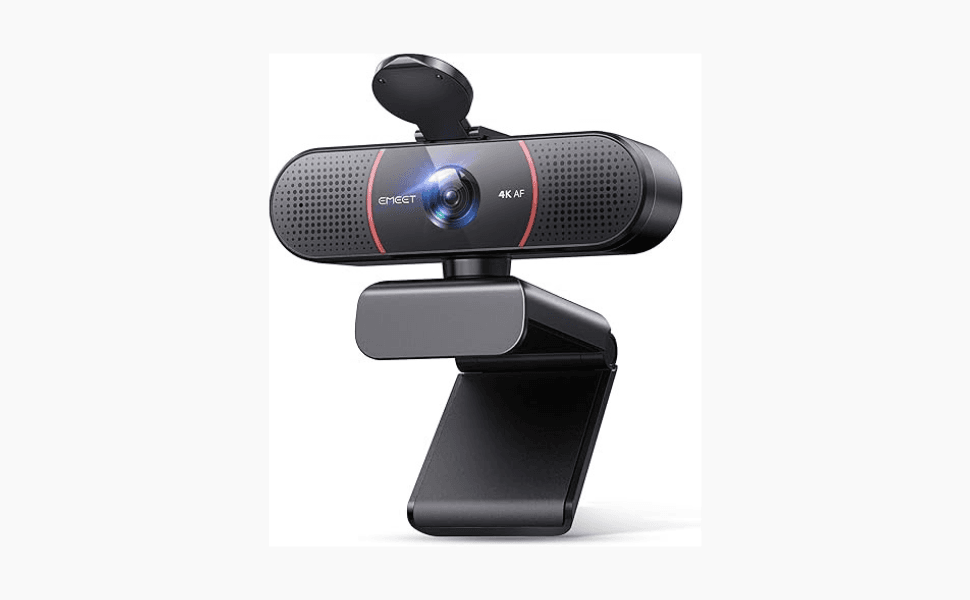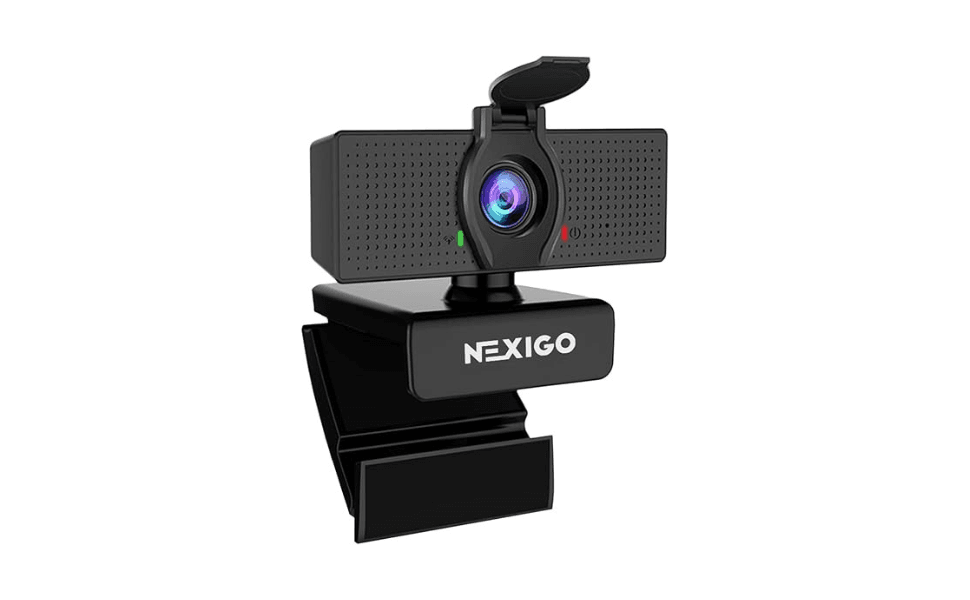This post contains affiliate links. If you make a purchase through these links, Snapnod may earn a commission at no extra cost to you. As an Amazon Associate, we earn from qualifying purchases.
Table of Contents
The smartphone landscape of 2025 continues to evolve at a rapid pace, with manufacturers pushing the boundaries of what's possible in terms of design, performance, and artificial intelligence. Leading this charge is Samsung with its latest flagship offering, the Galaxy S25 Ultra. Building upon the success of its predecessors, Samsung has refined and enhanced virtually every aspect of its premium smartphone, creating what many consider to be the definitive Android experience of the year. With a stunning titanium frame, powerhouse performance capabilities, and a sophisticated array of AI features, the S25 Ultra represents Samsung's vision for the future of mobile computing. In this comprehensive review, we'll examine how this device performs in real-world conditions, analyze its strengths and weaknesses, and determine whether it justifies its premium price tag in an increasingly competitive market.
Design and Build Quality
Samsung has made significant strides in the physical design of the Galaxy S25 Ultra, most notably with the introduction of a titanium frame that replaces the aluminum construction of previous generations. This change brings the S25 Ultra in line with premium offerings from competitors while maintaining Samsung's distinctive aesthetic. The device measures 6.41 x 3.06 x 0.32 inches and weighs approximately 7.7 ounces, making it substantial but not unwieldy.
The titanium construction provides exceptional durability while lending a premium feel to the device. Samsung has also refined the overall design with more rounded edges compared to the S24 Ultra, making it more comfortable to hold despite its large footprint. This subtle but important change addresses one of the most common complaints about previous Ultra models, which users often found too angular and uncomfortable for extended use.
Available in several sophisticated colorways including Titanium Black, Titanium Gray, Titanium Silverblue, and Titanium Whitesilver, the S25 Ultra presents a mature, professional appearance that stands out from the increasingly homogeneous smartphone market. The color options are subdued yet distinctive, with the Titanium Silverblue receiving particular praise for its unique visual appeal.
The rear of the device houses the camera array, which remains substantial but is integrated more seamlessly into the overall design than in previous iterations. The S Pen is housed in the bottom right corner of the device, continuing Samsung's commitment to stylus functionality that has been a hallmark of the Ultra series since it absorbed the Note line.
One area where user experiences appear mixed is in the device's handling. While the more rounded edges represent an improvement, some users still report palm rejection issues when using the device without a case. This is particularly problematic given the expansive screen size and the curved edges, which can occasionally register unintended touches. This issue seems to be more pronounced for users with larger hands, suggesting that Samsung still has room for improvement in this area.

Display
The Galaxy S25 Ultra features a 6.9-inch QHD+ Dynamic AMOLED 2X display with a resolution of 3040 x 1440 pixels. This expansive screen offers exceptional clarity, color accuracy, and brightness, with peak brightness reaching an impressive 2600 nits. This ensures excellent visibility even in direct sunlight, addressing a common complaint about smartphone displays.
The display supports a high refresh rate that provides exceptionally smooth scrolling and transitions, creating a premium user experience whether browsing the web, gaming, or navigating the UI. Samsung's commitment to display technology remains unparalleled in the Android ecosystem, and the S25 Ultra's screen is arguably the best available on any smartphone in 2025.
HDR10+ support ensures that compatible content is displayed with exceptional dynamic range and color depth. This is particularly noticeable when streaming content from platforms like Netflix, Amazon Prime, or YouTube, where the S25 Ultra's display capabilities truly shine.
It's worth noting that users should be aware of a phenomenon reported by some reviewers: the display's vivid color profile can sometimes result in photos and videos appearing differently when viewed on other devices. This is not a defect but rather a characteristic of Samsung's display calibration, which tends to favor punchy, vibrant colors. Those who prioritize color accuracy may want to adjust the display settings or use the “Natural” color profile.

Performance
Powered by the Snapdragon 8 Elite processor paired with 12GB of RAM, the Galaxy S25 Ultra delivers exceptional performance across all use cases. This 3nm chip represents the pinnacle of mobile processing technology in 2025, and it shows in day-to-day usage.
Users consistently report “blazingly fast” performance, with apps launching instantly and multitasking handled with ease. Even the most demanding mobile games run smoothly at high settings, with stable frame rates and minimal heat generation. This represents a significant improvement over previous generations, where thermal throttling could sometimes impact sustained performance.
The 12GB of RAM proves more than adequate for even the most demanding multitasking scenarios. Users can easily keep dozens of apps open in the background without noticeable slowdown, and the system handles memory management intelligently to optimize both performance and battery life.
Storage options include 256GB and 512GB variants, with no microSD expansion available. This continues Samsung's trend of eliminating expandable storage on its flagship devices, a decision that remains controversial among power users. That said, the base 256GB storage should be sufficient for most users, though those who shoot a lot of high-resolution photos and videos may want to consider the 512GB model.
Network performance is excellent, with support for the latest 5G standards ensuring fast and reliable connectivity where available. Wi-Fi 7 support is also included, though some users report occasional issues with Wi-Fi connectivity, particularly when the device has been idle for some time. Reports suggest that reconnecting to Wi-Fi networks can sometimes take longer than expected, an issue that will hopefully be addressed in future software updates.

Camera System
The camera system on the Galaxy S25 Ultra continues Samsung's tradition of pushing the boundaries of mobile photography. The headline feature is the 200MP wide-angle main sensor, which is capable of capturing extraordinary detail in good lighting conditions. This is complemented by a 50MP ultra-wide camera, a 10MP telephoto lens with impressive optical zoom capabilities, and a 12MP front-facing camera for selfies and video calls.
The 100x Space Zoom feature, while largely a marketing tool, does demonstrate the impressive capabilities of the camera system. More practically, the 3x and 10x optical zoom levels provide excellent results for everyday photography, allowing users to capture detailed shots from a distance without significant quality loss.
Low-light performance sees notable improvements over previous generations, with the larger sensors and improved computational photography algorithms working together to produce cleaner, more detailed images in challenging lighting conditions. Night mode continues to impress, though some users note that it still falls slightly behind competitors in certain scenarios.
Video capabilities are equally impressive, with support for 8K recording at 24fps and 4K recording at up to 120fps. The new Audio Eraser feature, which uses AI to remove unwanted background noise from videos, has received particular praise for its effectiveness in real-world scenarios. Users report that it can significantly improve the quality of videos shot in noisy environments, such as concerts or busy streets.
Portrait mode has also seen improvements, with better edge detection and more natural-looking background blur. The system now preserves natural textures more effectively, avoiding the overly smooth, artificial look that has sometimes plagued smartphone portrait modes.
One area where Samsung could still improve is in providing more manual control options for professional photographers. Some users have expressed frustration with the limitations on manual settings, particularly the ISO cap of 3200 in the RAW camera mode (while AI modes can utilize ISO up to 8000). This suggests that Samsung is still prioritizing computational photography over traditional manual controls, a decision that may disappoint photography enthusiasts.
Battery Life and Charging
The Galaxy S25 Ultra houses a 5000mAh battery, which provides excellent battery life for most users. Those upgrading from older models consistently report significant improvements in battery endurance, with the device easily lasting a full day of heavy use. This is particularly impressive given the power-hungry specifications, including the large, high-resolution display and powerful processor.
Samsung has also improved the device's charging capabilities, with support for 45W wired charging (though only a standard USB-C cable is included in the box, not a charger). With a compatible charger, users can expect to charge from 0 to 50% in approximately 30 minutes, with a full charge taking around 75 minutes.
Wireless charging is also supported, with compatibility for the latest Qi standards. Reverse wireless charging allows the S25 Ultra to share its battery power with compatible devices, such as Galaxy Buds or other Qi-enabled smartphones.
Battery optimization features have been improved through a combination of hardware efficiency and software intelligence. The device learns your usage patterns over time and adjusts its power management accordingly, helping to maximize battery life without compromising performance.

Software and AI Features
The Galaxy S25 Ultra runs on Android 15 with Samsung's One UI 7 overlay. This represents a significant evolution of Samsung's software philosophy, with a cleaner, more intuitive interface that balances feature richness with usability.
Samsung has committed to providing software updates for this device through 2025, which should ensure that it remains relevant and secure for years to come. This extended support period is becoming increasingly important as consumers hold onto their devices for longer periods.
Perhaps the most significant software advancement in the S25 Ultra is the integration of AI features throughout the operating system. These are not merely superficial additions but genuinely useful tools that enhance the user experience in meaningful ways.
The “multiple tasks with one ask” functionality allows users to perform complex actions with simple voice commands. For example, users can ask the phone to search for a restaurant and text the address to a friend in a single command, streamlining what would otherwise be a multi-step process.
The “Now Brief” feature proactively provides relevant information based on the user's habits and schedule. This can include weather updates, traffic conditions for your commute, or reminders about upcoming appointments. While this type of predictive functionality is not entirely new, Samsung's implementation is particularly effective and learns quickly from user behavior.
AI enhancements to the camera system are also notable, with features like Audio Eraser and improved portrait mode demonstrating the potential of computational photography. The system's ability to identify and enhance different types of scenes and subjects continues to improve, making it easier for casual photographers to capture professional-looking images.
One of the most practical AI features is the improved Smart Switch functionality, which makes transitioning from older devices remarkably straightforward. Users report that the process is largely automated and intuitive, though some note that it doesn't transfer paired devices or app passwords, which can still require manual setup.
S Pen Functionality
The integrated S Pen continues to be a defining feature of the Ultra series, setting it apart from both competitors and other devices in Samsung's lineup. The S25 Ultra's stylus experience has been refined with improved latency and pressure sensitivity, creating a more natural writing and drawing experience.
The S Pen is particularly useful for productivity tasks, allowing users to take handwritten notes, annotate documents, and create detailed sketches. The Screen-off memo feature, which allows users to jot down notes without unlocking the device, remains one of the most practical applications of the stylus.
Samsung has also expanded the Air Command menu with new features and shortcuts, making it easier to access frequently used S Pen functions. The integration with Samsung Notes has been improved, with better handwriting recognition and more natural-feeling ink effects.
While the S Pen remains somewhat of a niche feature that not all users will utilize regularly, it continues to represent a unique selling point for the Ultra series and provides genuine value for those who incorporate it into their workflow.
Connectivity and Ecosystem Integration
The Galaxy S25 Ultra offers comprehensive connectivity options, including 5G compatibility, Wi-Fi 7, Bluetooth 5.3, NFC, and USB-C. These ensure that the device can connect to virtually any peripheral or network with ease.
Samsung's ecosystem integration continues to improve, with seamless connections to other Galaxy devices such as tablets, earbuds, and watches. The Galaxy Buds integration is particularly noteworthy, with instant pairing and smart switching between devices based on usage patterns.
Samsung DeX functionality allows the S25 Ultra to serve as a desktop replacement when connected to a monitor, keyboard, and mouse. This feature has matured significantly since its introduction and now offers a genuinely useful alternative to carrying a laptop for some users.
The device also supports Samsung's SmartThings platform, allowing it to control a wide range of smart home devices. This integration is becoming increasingly important as homes become more connected, and Samsung's comprehensive approach gives the S25 Ultra an advantage in this growing market.
Value and Pricing
With a retail price of $1,299.99 (though frequently discounted to around $1,089.99), the Galaxy S25 Ultra sits firmly in the premium segment of the smartphone market. This pricing is consistent with other flagship devices in 2025, but it represents a significant investment for most consumers.
The value proposition depends largely on individual needs and priorities. For users upgrading from older devices (particularly those from the S22 era or earlier), the improvements in performance, camera capabilities, and battery life represent a substantial upgrade that many will find worthwhile.
For those with more recent flagship devices, the decision becomes more nuanced. The incremental improvements, while significant in aggregate, may not justify the expense for everyone. Some users report that the device feels like a refinement of the S24 Ultra rather than a revolutionary upgrade, which is to be expected given the maturity of the smartphone market.
It's worth noting that Samsung frequently offers trade-in programs and promotions that can significantly reduce the effective cost of the device. Some users report receiving substantial discounts when upgrading from older Samsung devices, which can dramatically improve the value proposition.

A Pinnacle of Smartphone Technology
The Samsung Galaxy S25 Ultra represents the pinnacle of Android smartphone technology in 2025. It excels in virtually every category, from display quality and performance to camera capabilities and battery life. The introduction of the titanium frame represents a significant upgrade in build quality, while the expanded AI features demonstrate Samsung's commitment to pushing the boundaries of what a smartphone can do.
While not without its flaws—occasional palm rejection issues, Wi-Fi connectivity quirks, and regional limitations with Samsung Pay—these are relatively minor concerns in the context of the device's overall excellence. For users seeking the most capable Android smartphone available, the S25 Ultra delivers an exceptional, albeit premium-priced, experience.
The device is particularly compelling for those upgrading from older models, who will find the cumulative improvements transformative. For those with recent flagship devices, the decision is more nuanced, but the S25 Ultra still represents the state of the art in Android smartphones.
In an increasingly competitive market, Samsung has managed to maintain its position at the forefront of innovation with the Galaxy S25 Ultra. It's a device that doesn't just meet expectations but exceeds them in meaningful ways, setting a new standard for what a flagship smartphone can be in 2025.


